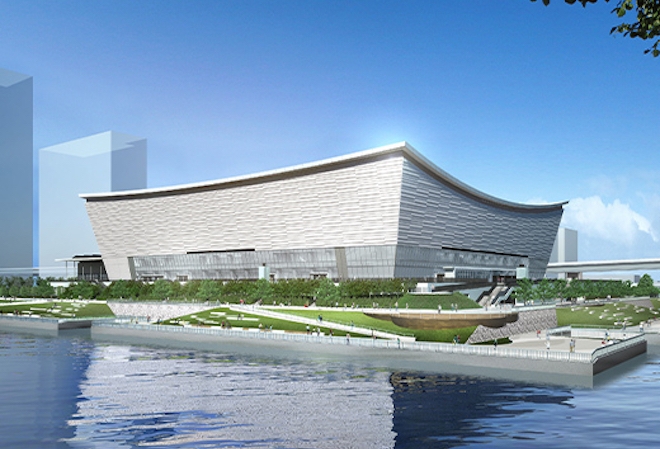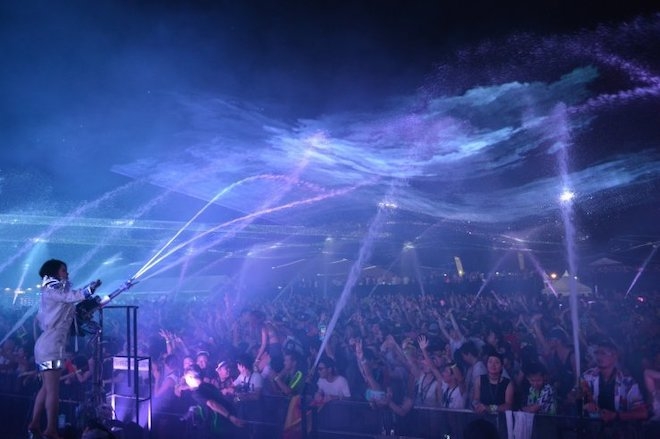Ariake Arena opens in Tokyo as a solution to venue scarcity
The 15,000 seat venue to be used for live shows and concerts after the 2020 Olympics

Inaugurating its opening earlier this February, the Ariake Arena is a brand new US$340 million project that holds 15,000 seated in the heart of the Japanese capital. The short-term plan is to accommodate the volleyball and wheelchair basketball competitions at the Olympic Games, with a long-term plan for it to be used to stage entertainment and cultural events, filling a much-needed gap in the hunt for sizable venues.

With an impressive and influential music market of 37M people, Tokyo has a huge shortage of music venues for music festivals and shows - there are only five or six venues larger than 10,000 capacity. Larger spaces are surprisingly scarce in the city’s urban sprawl, and are usually booked up years ahead, with weekends often block-booked by domestic promoters working cooperatively. For international operators attempting to route world tours are only offered non-conducive weekday options. The new stadium built for the 2020 Tokyo Olympics game will help to address the core economic and social issue in the world’s most populated city.
Just recently last year, in February 2019, a Japanese promoters association ACPC (All-Japan Concert and Live Entertainment Promoters Conference) joined forces with Japan Top League (JTL), an alliance of 12 leading sports leagues, to form the Entertainment Committee for Stadium Arena (ECSA), a joint venture which aims to improve and develop Japan’s large-venue infrastructure.
“With the increase of worldwide sporting events, including the 2020 Tokyo Olympic and Paralympic Games, not only are event styles and content at venues becoming more diverse, but [audiences] also have an expectation that stadiums/arenas, which are common facilities for both sports and music, will be improved in terms of their effective use,” according to an ACPC-JTL joint statement.
After the Olympics, the upsurge of new venues will solve the venue shortage, a huge obstacle to the development of the Japanese music market.
Photo via S2O Japan


